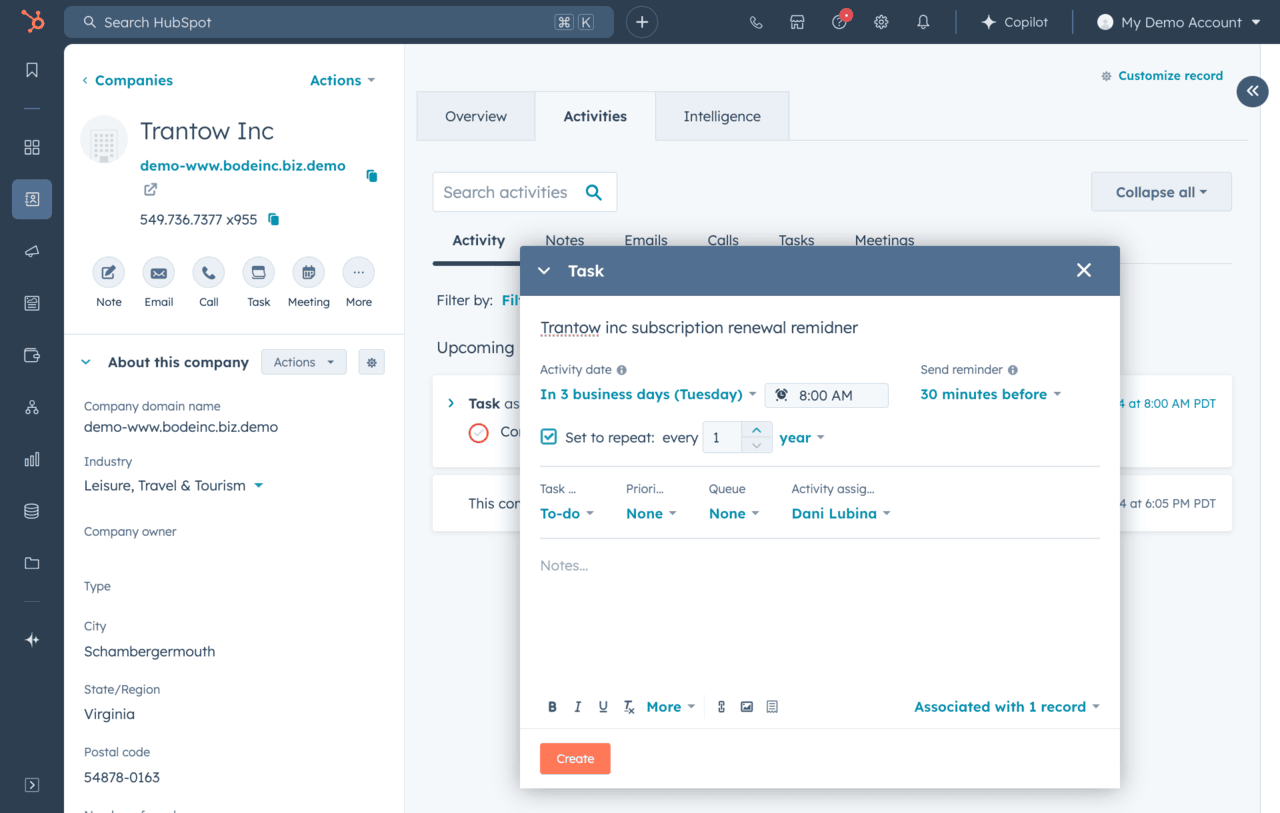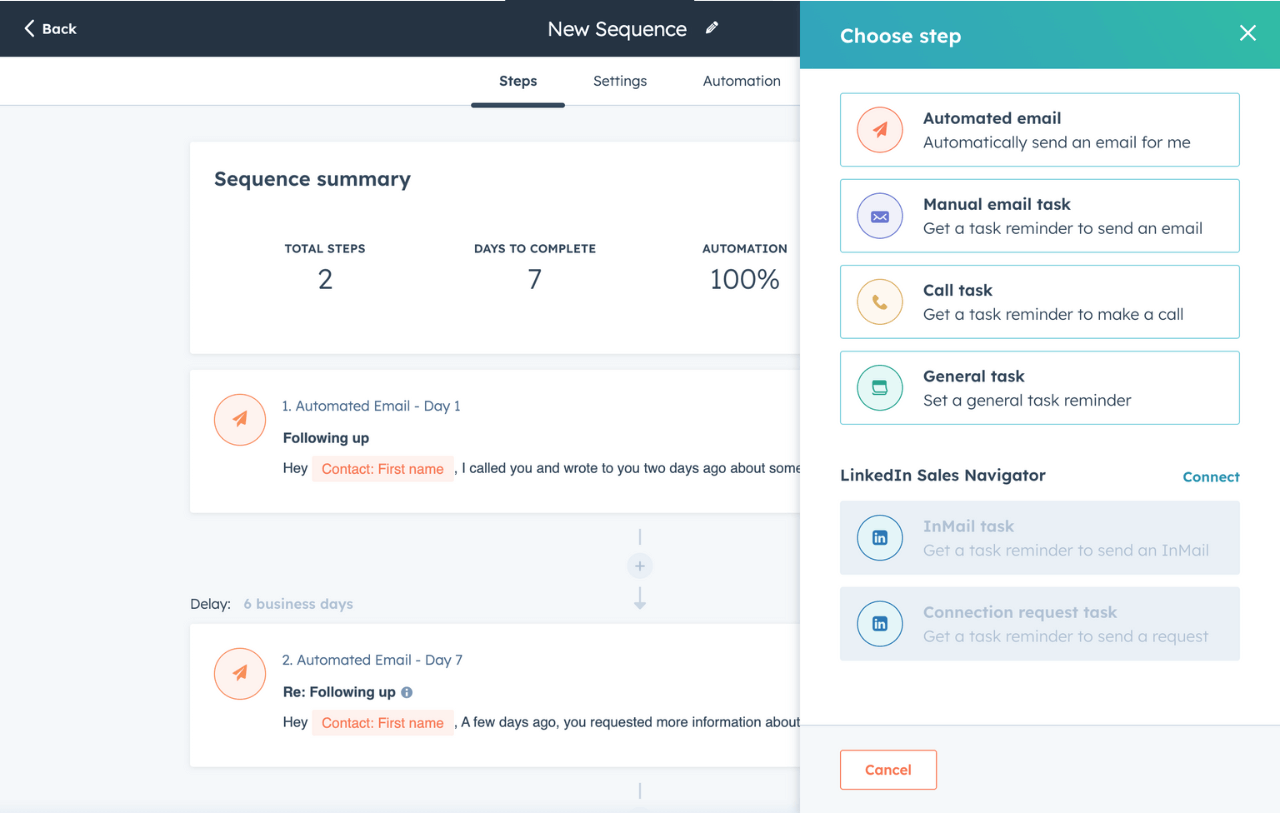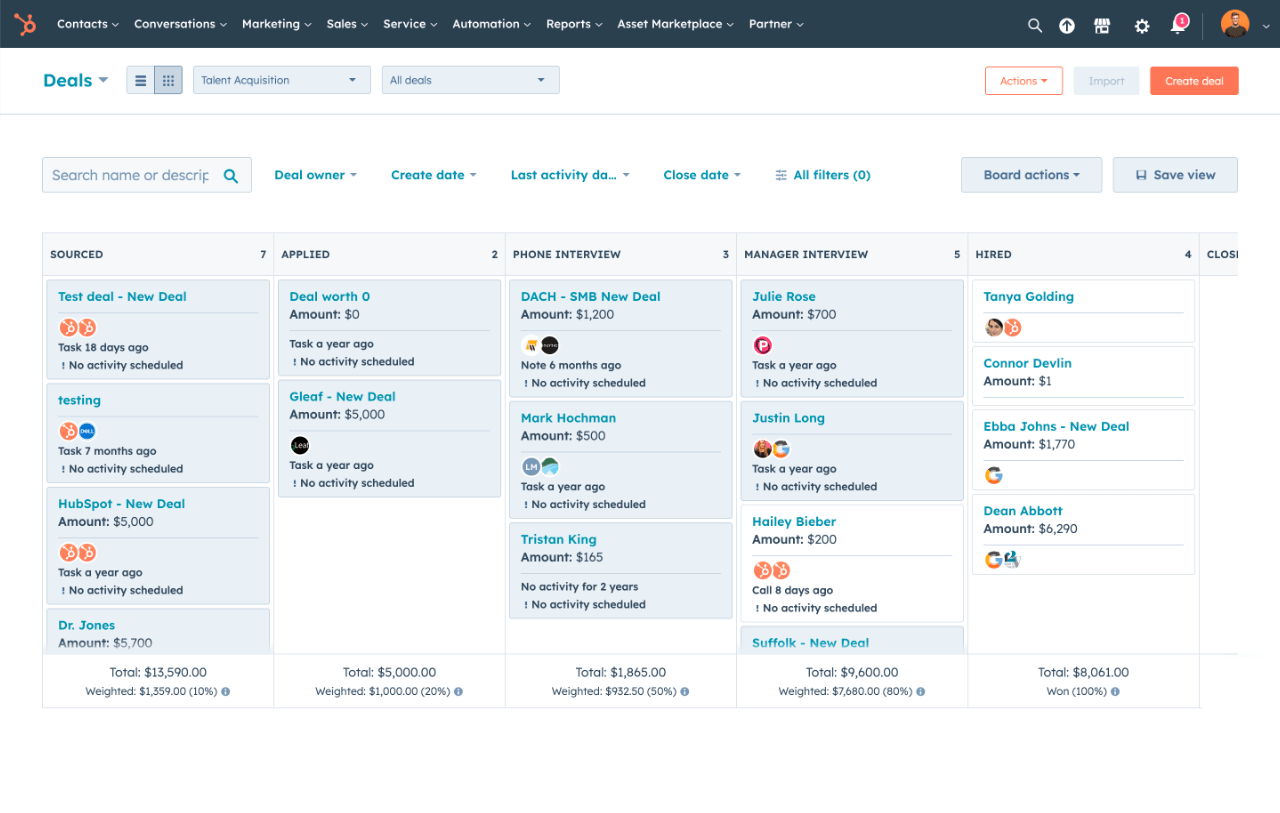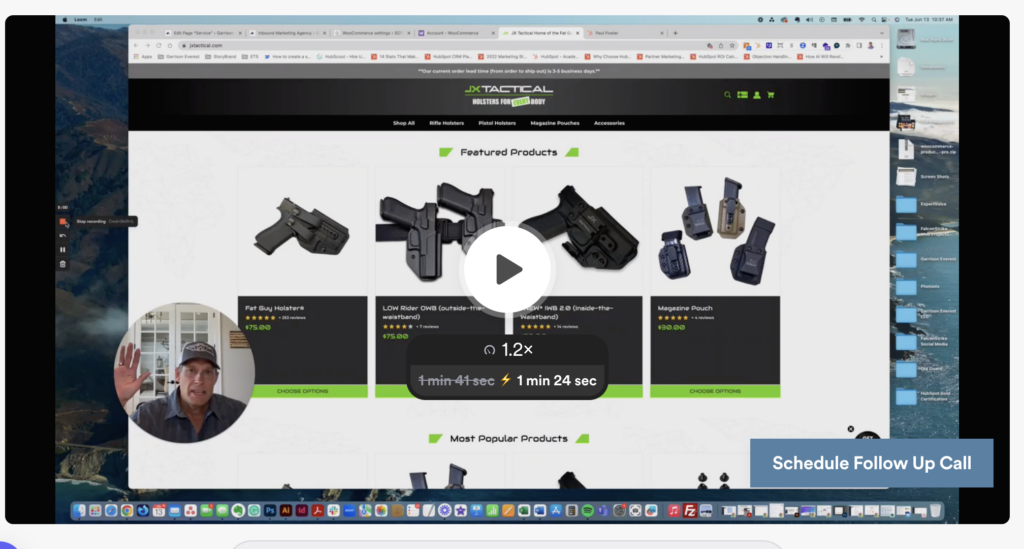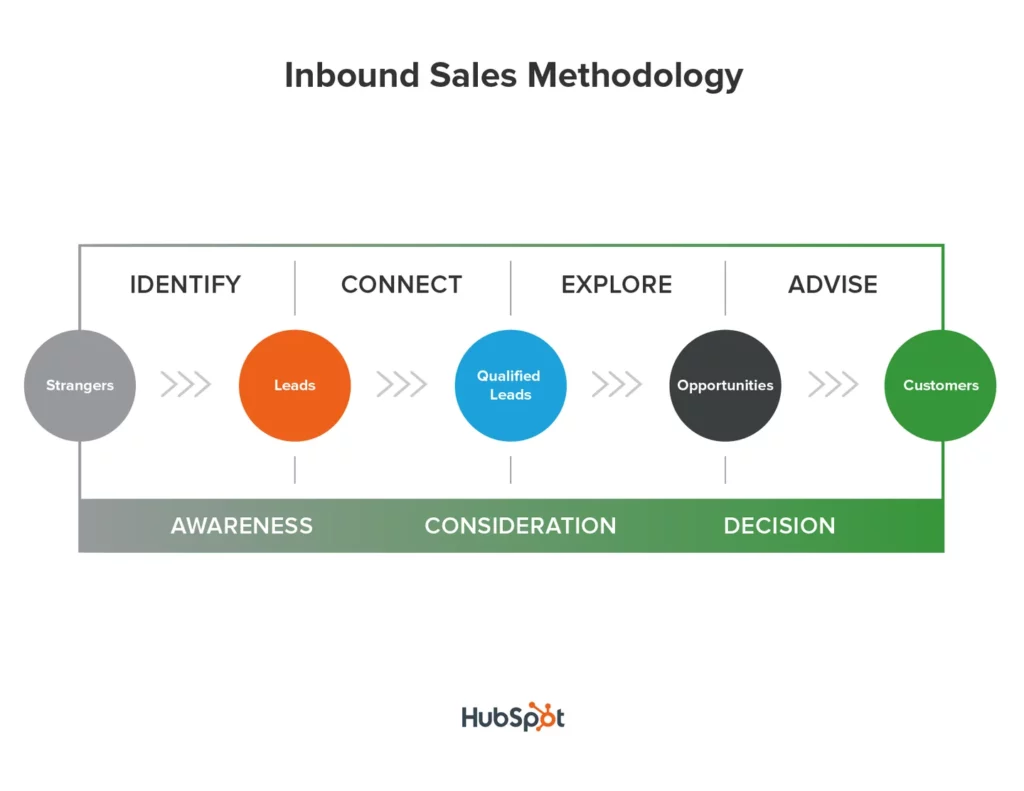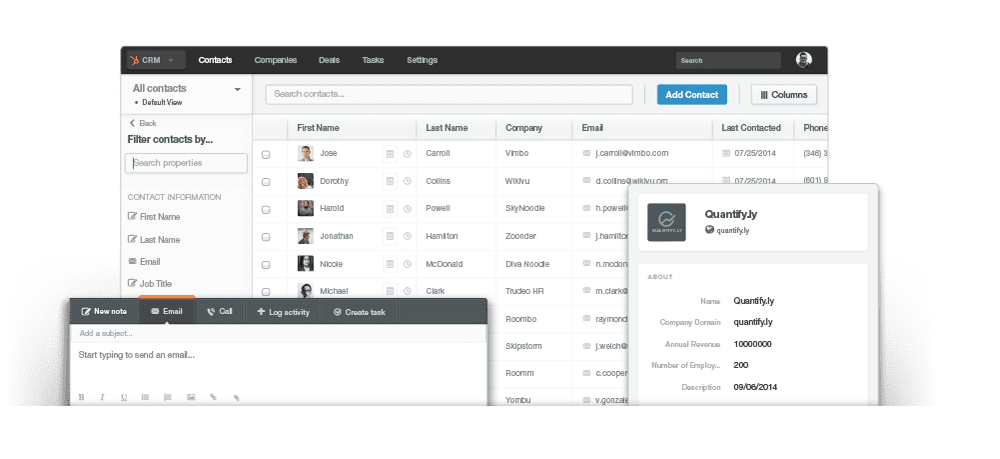
For sales and marketing managers in outdoor, hunting, firearms and shooting sports industry, staying ahead of the competition requires more than just hard work—it demands smart strategies and cutting-edge tools. While traditional sales methods like cold calling, prospecting, and email outreach have their place, they often fall short when it comes to efficiency and scalability. And if your team is still relying on outdated methods like spreadsheets to manage leads, track customer interactions, and monitor deals, you’re likely facing significant challenges—manual errors, lost opportunities, and an inability to scale effectively.
But what if you could take those time-tested tactics and transform them into modern strategies that consistently close more deals? With HubSpot’s powerful CRM and sales tools, you can do just that. By integrating automation, data-driven insights, and streamlined workflows, you’ll not only save time but also create meaningful connections with your customers. Whether you’re reaching out to retailers, engaging with distributors, or connecting directly with outdoor enthusiasts, HubSpot equips you to manage your pipeline, track performance, and hit your targets with precision.
In the article below, we’ve outlined key tasks to help your outdoor sales team leverage HubSpot Sales Hub’s features, streamline daily activities, and drive more sales.
1. Start with a Clear Plan
- Define Daily Targets: Use HubSpot’s dashboards to set daily goals for calls, emails, and meetings.
- Prioritize High-Impact Contacts: Leverage the “Lead Scoring” feature to prioritize leads most likely to convert and create a Target Account Dashboard.
2. Optimize Contact Lists
- Segment Smartly:
- Use HubSpot’s contact segmentation to create tailored lists based on criteria like deal stage, location, or industry.
- Use custom properties (e.g., “Last Engagement” or “Industry Pain Point”) to segment contacts effectively.
- Enrich Data Automatically:
- Use integrations like LinkedIn Sales Navigator or Clearbit to enrich contact data.
3. Structure Daily Sales Activities
- Morning Routine:
- Review the “Tasks” tab in HubSpot to prioritize tasks for the day.
- Use the HubSpot Calendar Sync to align tasks with meetings.
-
Call Blitz:
- Use the HubSpot Dialer:
- Schedule a power hour for calls using the call queue feature.
- Log calls automatically and use call scripts available in the notes section.
- After each call, update contact properties or advance deals in the pipeline.
- Use the HubSpot Dialer:
- Personalized Email Outreach:
- Use templates: Start with pre-built templates in HubSpot for faster outreach while ensuring customization.
- Add personal touches: Include the contact’s first name, company info, or a specific pain point.
- Mid-Day Check-In:
- Review your Deals Dashboard: Focus on moving deals forward.
- Update deal stages in the pipeline for clarity.
- Send automated follow-ups using sequences.
- Afternoon Engagement:
- Focus on warm leads or contacts you’ve interacted with before.
- Utilize HubSpot Playbooks for consistent messaging.
- Check the “Activity Feed” to see who’s opened your emails or visited your site.
4. Use Automation to Save Time
- Email Sequences:
- Create automated follow-up sequences for leads.
- Ensure sequences include a mix of personalized touches and educational content.
- Workflows:
- Automate lead assignment to team members.
- Set reminders for follow-ups if a lead hasn’t responded after a certain time.
- Tasks Automation:
- Use workflows to create follow-up tasks when specific actions are taken (e.g., form submissions or email opens).
5. Leverage Analytics for Continuous Improvement
- Track Email Performance:
- Use email analytics to monitor open rates, click rates, and replies.
- A/B test subject lines and content.
- Monitor Sales Performance:
- Use the “Sales Dashboard” to measure daily activities against goals.
- Drill into reports to identify areas for improvement (e.g., low conversion rates at a specific stage).
- Call Analysis:
- Use call recordings to review and improve performance. Train on real examples.
6. Use Integrations to Enhance Productivity
- CRM Sync:
- Ensure integrations like Gmail, Outlook, or Zoom are fully operational.
- Sync meetings and activities directly into HubSpot for better tracking.
- Sales Enablement Tools:
- Connect tools like LinkedIn, Slack, or Asana to streamline communication and task management.
7. Collaboration Best Practices
- Team Notes:
- Log detailed notes in the contact or deal records to ensure the team stays aligned.
- Pipeline Reviews:
- Host daily or weekly check-ins using the shared pipeline view.
- Mentorship:
- Use HubSpot’s tracking features to identify top performers and facilitate peer training.
8. End-of-Day Wrap-Up
- Reflect and Document:
- Log all completed activities (calls, emails, meetings) in HubSpot.
- Update deal statuses to maintain accurate reporting.
- Plan Tomorrow:
- Create a to-do list for the next day based on current activities.
- Set tasks for follow-ups and reminders.
9. Encourage Continuous Learning
- HubSpot Academy:
- Enroll team members in relevant courses for better tool utilization.
- Sales Insights:
- Regularly review analytics and customer insights to adapt strategies.
Every sales team is different, but by implementing this structured approach and leveraging HubSpot’s capabilities, your team will significantly increase productivity, stay organized, and maximize their outbound sales efforts.
Is it time to modernize your sales approach and take your business to the next level? With HubSpot, you can revamp old methods and leave spreadsheets behind, replacing them with powerful, results-driven strategies that work for today’s market. And as a HubSpot Solutions Partner, Garrison Everest specializes in helping businesses in the outdoor industries maximize their potential.
Ready to see how HubSpot can transform your sales activities? Contact Garrison Everest today for a personalized demo and take the first step toward closing more deals, faster.
Interested in how HubSpot Sales Hub can work for your sales team?




